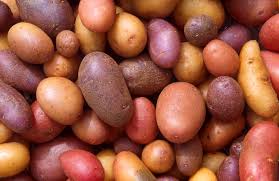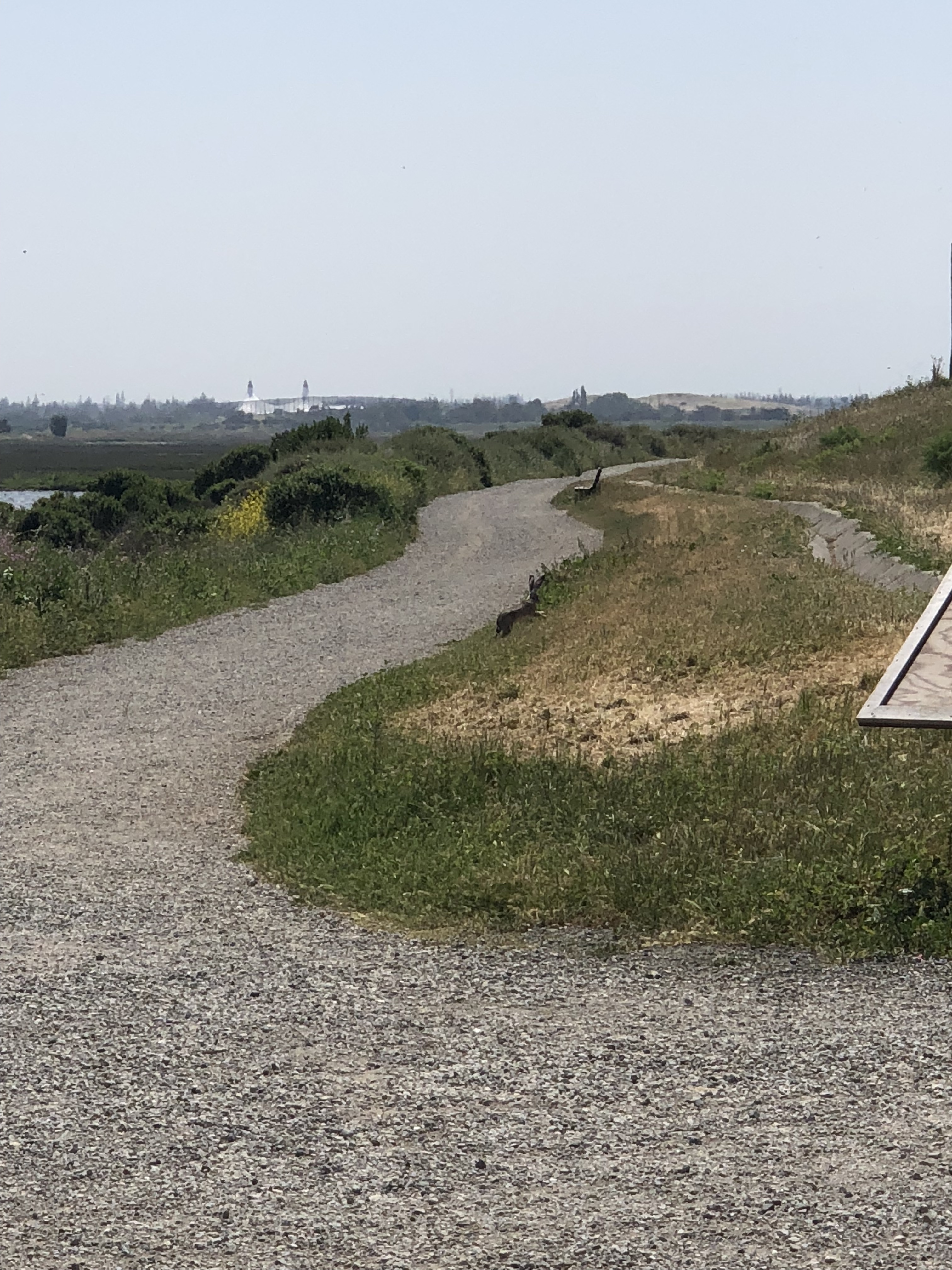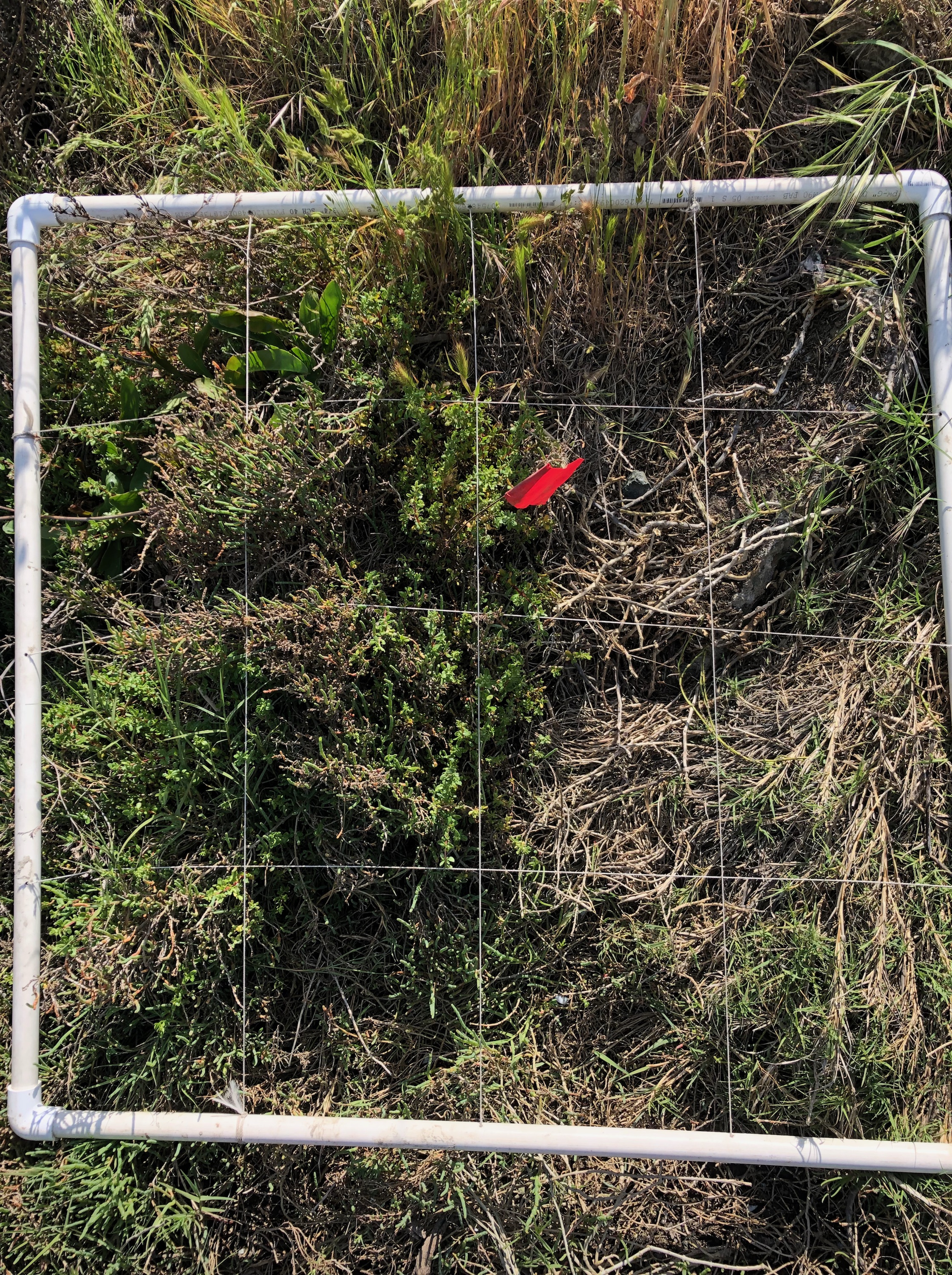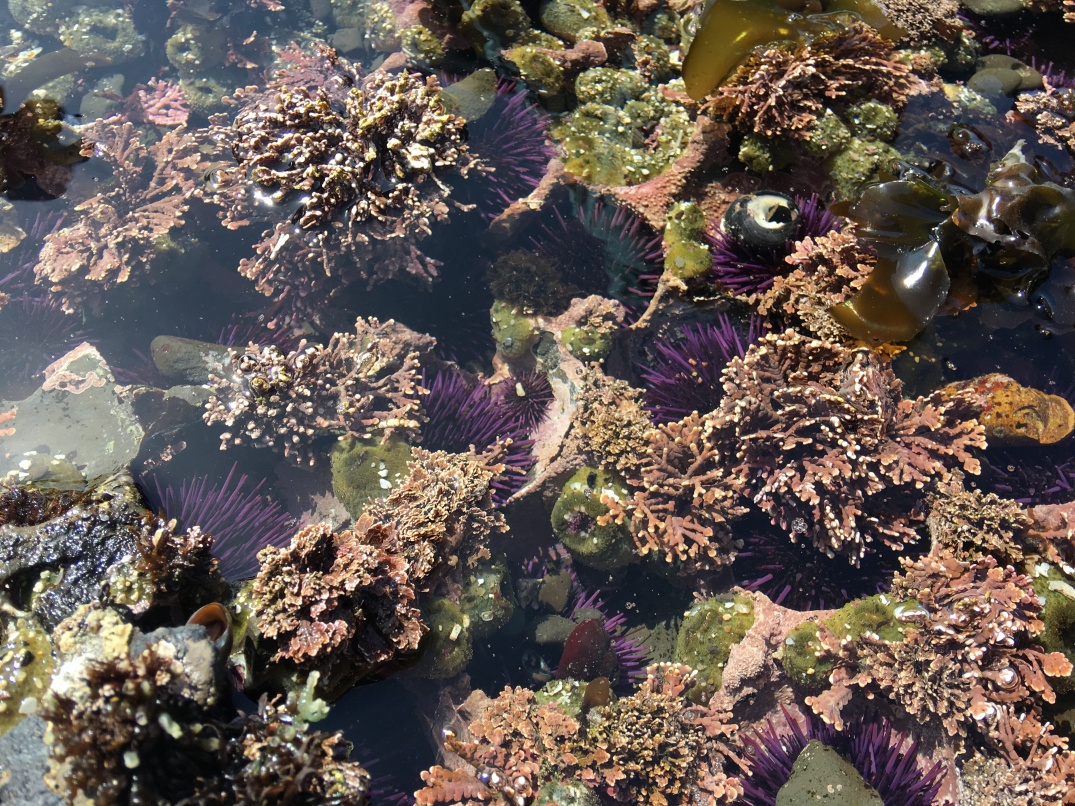Botany of Desire is a documentary by PBS which discusses human interaction with plants. There are four main chapters of the documentary: How Sweet, Beauty, Cannabis, and Potato. The first chapter, How Sweet, talks about apples and their history within the United States. Throughout time, apples have once been sold with a wide variety, but now there are only a handful of apple species we eat. In the past, wild apple trees were abundant and those apples, because of their bitterness, were used to make hard cider. Apple orchards are only growing a monoculture, one variety, of apples because those are the apples that will be sold and eaten. However, there are still people who grow, what they call, antique varieties of apples. Because most of these apples are not sweet enough to be on the market, the growers use the apples to make hard cider.

The next chapter is Beauty which discusses flowers, specifically tulips. In the past there was a tulip bulb market because tulips were a sign of high status and wealth. However, the tulip trade was hurting the European economy so tulips were now seen negatively. Today, tulips are still seen as beautiful and there are now breeders that create new varieties of tulips, these breeders are called human bees. There are tulip farms all around the world and flowers are a multi-billion dollar trade.

Following flowers, the discussion about cannabis is presented. Cannabis, also known as weed, marijuana, or pot, has been a controversial topic for the past several decades. According to the documentary 15 million Americans smoke cannabis per month. Another interesting fact about intoxicants that was presented in the chapter was that in every society there are about 1-2 intoxicants accepted and promoted but the rest are condemned such as alcohol is widely accepted in Western society. Because marijuana farms in Mexico were being taken down by United States forces, marijuana growers mixed two cannabis plants to make the new version, short to be able to grow the plant inside and unintentionally made the plant more potent.
Lastly, the discussion ends on potatoes. Potatoes are a substantial food source since 1/2 acre of land for growing potatoes can provide enough for a family to survive for a year. Thus potatoes were adapted by Europe to end the famine. However, the single potato species in Ireland were destroyed by a disease and led Ireland into an awful famine killing many people. To avoid this famine to ever happen again, scientists genetically modified potatoes and now use an abundance of pesticides. However, the moral of the documentary evidenced by each chapter, is for farmers and society to stay away from monoculture.

I definitely suggest watching the film so here are the links to the Botany of Desire documentary:
Botany of Desire part 1
Botany of Desire part 2
Botany of Desire part 3






















